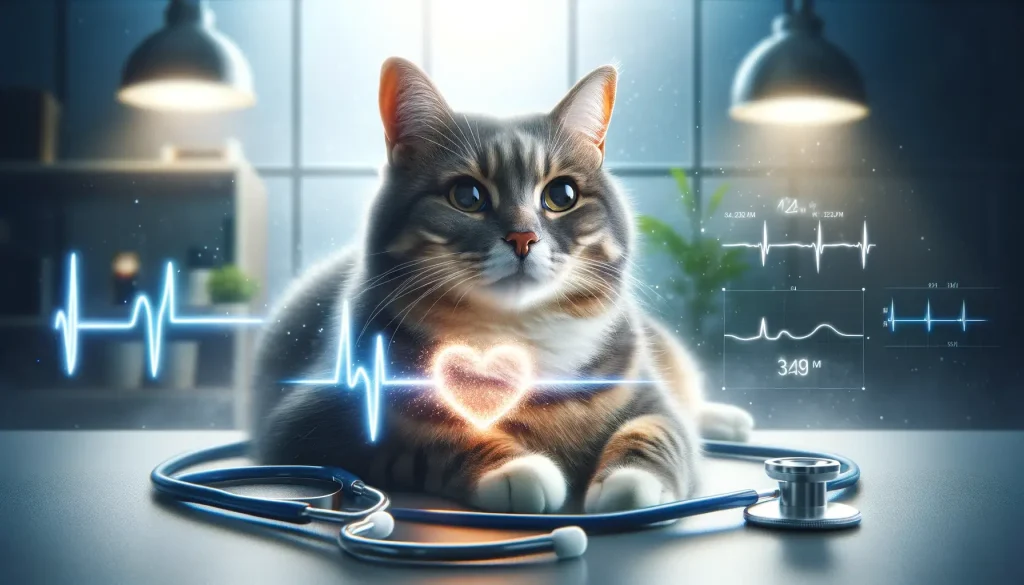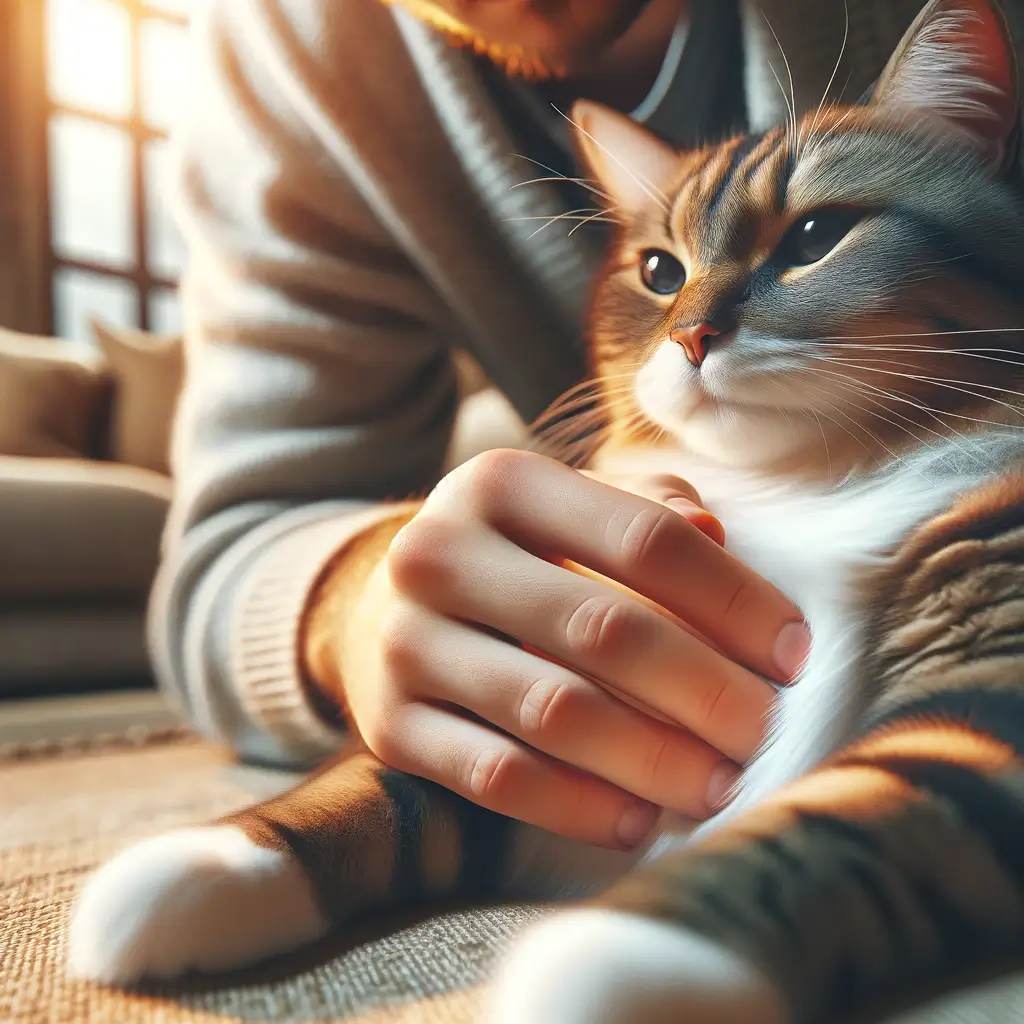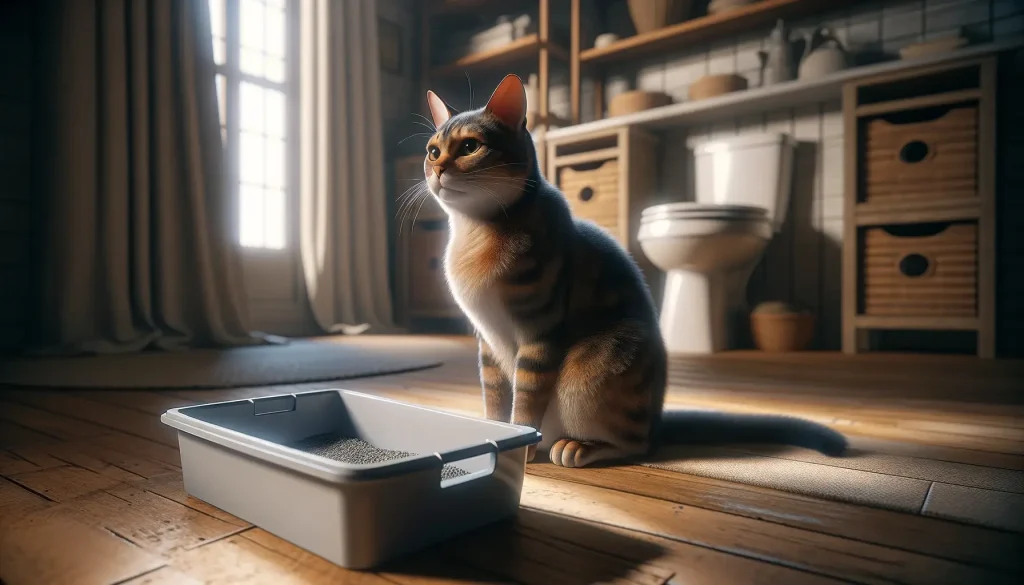
What’s a Normal Cat Heart Rate?
Keeping tabs on your cat’s heart rate can tell you a lot about their health. A normal heart rate for cats falls between 140 to 220 beats per minute. This range varies depending on their activity levels and stress. Knowing what’s normal helps you spot potential health issues early. But how can you check your cat’s heart rate, and what do those numbers really mean for their well-being?
To get an accurate reading, it’s crucial to approach this task when your cat is calm. The technique for checking involves having your cat in a relaxed position and using a gentle touch to feel their heartbeat. Once you’ve mastered the method, keeping an eye on their heart rate becomes a simple part of your regular pet care routine.
But what if the numbers don’t match the ‘normal’ range? When should you worry, and how often should you be checking? The health implications of a heart rate that’s too fast, too slow, or erratic can vary, but knowing when to seek veterinary advice is key.
How to Check Your Cat’s Heart Rate Safely
Knowing how to check your cat’s heart rate is a valuable skill for any pet owner. It’s a straightforward process that can be done at home with no special tools. The key is to ensure your cat is relaxed to get an accurate reading. Here’s a simple guide:
- Place your cat on their right side in a comfortable position.
- Gently place your hand on their chest right behind the front left leg. You should be able to feel the heartbeat.
- Use a watch or timer to count the beats for 15 seconds.
- Multiply the number of beats you counted by four. This gives you the heart rate per minute.
This method is non-invasive and respects your cat’s comfort, making it an excellent way to monitor their health at home.
It’s important to note that a cat’s normal heart rate ranges from 140 to 220 beats per minute. Factors such as stress or recent activity can influence their heart rate. Therefore, aim to perform this check during their calm moments. If you notice the heart rate consistently falls outside the normal range, or if it seems irregular, it’s crucial to consult with your vet for professional advice.
Regularly checking your cat’s heart rate can help you catch signs of potential health issues early. Plus, it strengthens your bond with your pet as you become more in tune with their physical condition.

At-Home vs Vet Regarding Cat Heart Health
Monitoring your cat’s heart health is a key aspect of pet care that can be partly managed at home but also might require professional veterinary care in certain situations. Knowing when you can handle things at home and when it’s time to visit the vet is crucial for your cat’s well-being.
What You Can Do at Home
Regular checks of your cat’s heart rate can be a valuable part of your wellness routine. Here’s what is manageable at home:
- Monitoring: Using the method outlined above, you can keep an eye on your cat’s heart rate. Doing this periodically can help track changes or trends.
- Stress Reduction: Understanding that stress can elevate the heart rate, creating a calm environment for your cat can help maintain a normal heart rate. This includes quiet spaces, regular routines, and gentle handling.
- Observation: Be alert to changes in behavior that could indicate heart or health issues, such as lethargy, rapid breathing, or reduced appetite.
Keeping a record can also be helpful. Note the date, time, and any factors that could affect their heart rate, like recent activity or stress. This log can be useful for your vet if there’s a need for a check-up.
When to Visit the Vet
There are specific situations when professional advice is necessary:
- Consistently Outside Normal Range: If your cat’s heart rate regularly falls outside the 140 to 220 beats per minute range, it’s time to consult your vet.
- Irregular Heartbeat: Any irregularity in the heartbeat warrants a professional evaluation.
- Associated Symptoms: signs like fainting, unusual fatigue during exercise, or labored breathing alongside a non-normal heart rate are red flags.
Vets have the tools and knowledge to diagnose underlying conditions accurately. They can conduct thorough examinations, including ECGs or X-rays, to get a clearer picture of your cat’s heart health. Moreover, they can provide treatment options or management strategies to ensure your cat lives a healthy, happy life.


Preventive Measures to Keep Your Cat’s Heart Healthy
Maintaining your cat’s heart health requires awareness and proactive steps. Preventive measures are key. Here’s what you can do:
Regular Exercise: Ensure your cat gets sufficient playtime. This helps in managing their weight and keeping the heart strong. Active play simulates natural activities and reduces stress.
Nutrition Matters: A balanced diet is vital. Feed your cat high-quality food that’s appropriate for their age, size, and health needs. Avoid overfeeding to prevent obesity, a significant risk factor for heart issues.
Stress Reduction: Cats are sensitive to changes in their environment. Keep their living area calm and stable. Provide hiding places and ensure they have a quiet space to retreat to.
Regular Vet Checkups: Professional exams can catch signs of heart disease early. Discuss heart health at your cat’s annual vet visit.
Know the Signs: Be observant. Watch for symptoms like coughing, difficulty breathing, or lethargy. These could indicate heart problems.
Heartworm Prevention: Talk to your vet about heartworm prevention. Heartworm disease can be fatal for cats, and prevention is much safer than treatment.
By following these steps, you can help ensure your cat maintains a normal heart rate and a healthy life. Regular checks and an awareness of what’s normal for your cat are crucial. If you suspect any issues, consult your vet promptly. Early detection and treatment can make a significant difference in your cat’s heart health.

FAQs and Common Questions About Cat Heart Health
When it comes to cat heart health, pet owners often have many questions. Here are answers to some of the most common queries:
How often should I check my cat’s heart rate?
Regular monitoring is advised. Aim for once a month if your cat is healthy. This can help establish what’s normal for your pet and detect any changes early.
What does a high heart rate indicate?
A heart rate consistently on the higher end, especially above 220 beats per minute, could suggest stress, excitement, or underlying health issues. Consult your vet for advice.
Could a low heart rate be dangerous?
Yes. A heart rate below 140 beats per minute in a calm cat may indicate a medical concern. It’s important to seek veterinary advice to rule out any serious conditions.
What are the signs of heart disease in cats?
Symptoms can include lethargy, loss of appetite, rapid or difficult breathing, and fainting spells. Regular vet checkups are critical for early detection and management.
Is it really necessary to consult a vet if my cat’s heart rate is off once?
If the heart rate is significantly off once but returns to normal and no other symptoms are present, monitor your cat closely. However, it’s best to err on the side of caution and consult your vet.
Understanding your cat’s heart health is an important part of pet care. Knowing how to check their heart rate and interpret the findings can make a big difference in managing your cat’s wellbeing. Always remember, professional vet care is irreplaceable for maintaining your cat’s heart health alongside your at-home monitoring efforts.

Beginner Guide to Raising Quail at Home
What are the Signs of a Dog Concussion?
What Causes Your Dog’s Ears to Smell Bad?
When your dog’s ears start to emit an unpleasant odor, it might leave you puzzled…
Methimazole Treatment for Cat Hyperthyroidism
Methimazole plays a crucial role in managing feline hyperthyroidism, a condition marked by an overactive…
Got Hummingbirds in your Backyard? Here’s How to Care for Them.
Why Does Your Cat Pee Outside the Litter Box?
Cat’s Litter Box Issues It’s not uncommon for cat owners to face the frustrating dilemma…




